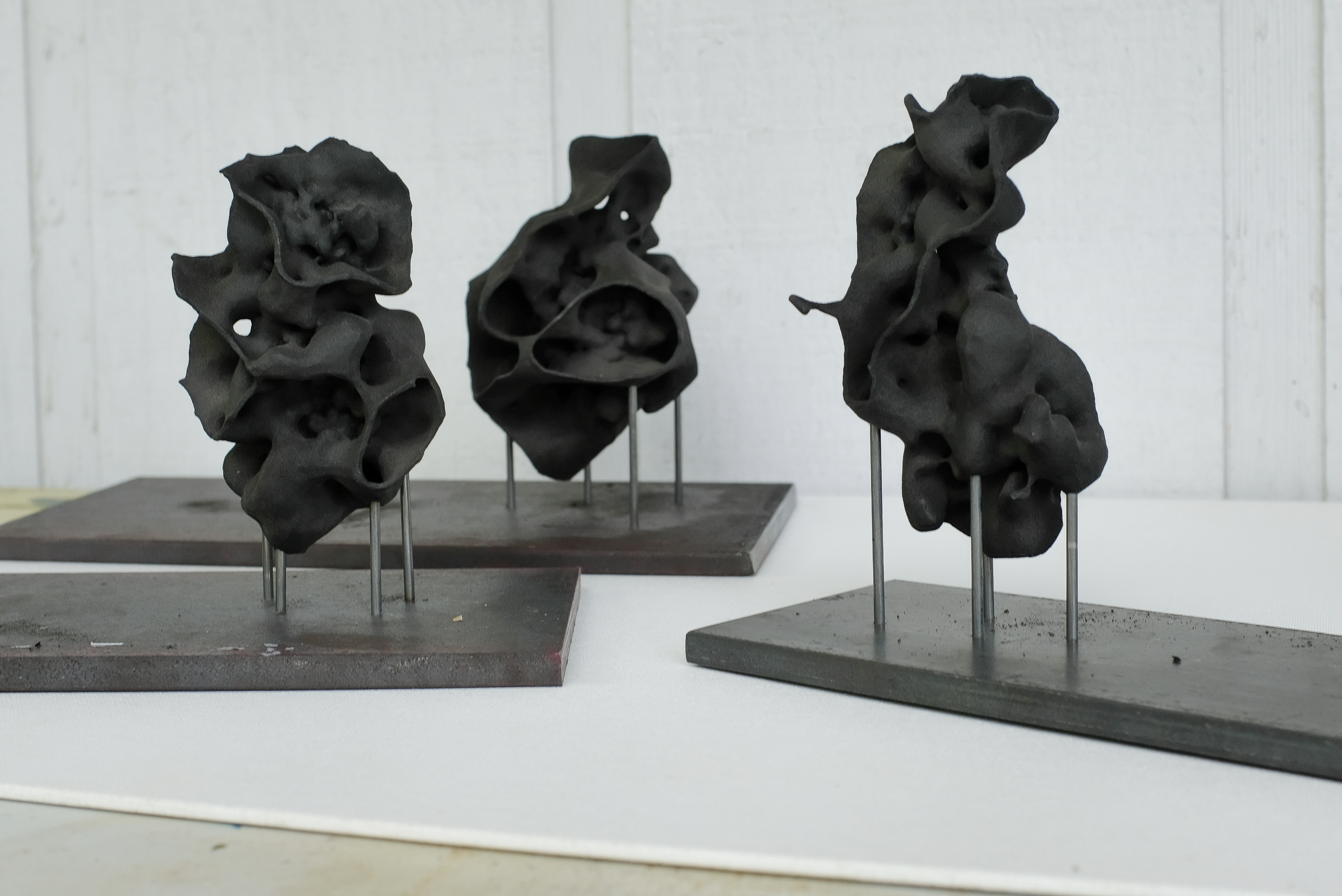
There is a curious algorithm. To get closer to the human, it collects some “un-data” on a consumer’s relationship with their products, such as physical signs of wear and the frequency of replenishments and disposals. The processed un-data appears as sequences of three-dimensional point clouds. Each sequence corresponds to the gestural evolution of a single-use commodity throughout its timeline from acquisition to disposal.
There is also a curious human. In order to know more about the algorithm’s perception of people, they just crafted three objects, each of them a materialized average of the respective algorithmically produced sequence.
They represent both the peculiarities of the contemporary consumer’s practices, and the detachment of the whole data collection process from the human realm of materials and forms. A tissue box, a juice box and a plastic bag correspond, respectively, to the hygienic, the edible and the miscellaneous: all three redefined towards market-appealing values, such as sterility, efficiency, compactness, toylike-ness. But couldn’t this also be a metaphor for the actual chain of events, with industries algorithmically modeling and persuading human behavior, and the human becoming influenced by virtual projections, which, once looked at closely, turn out to be just a bunch of abstracted who-knows-what without any shape (unless the human, in a creative venture, decides to give them one)?





